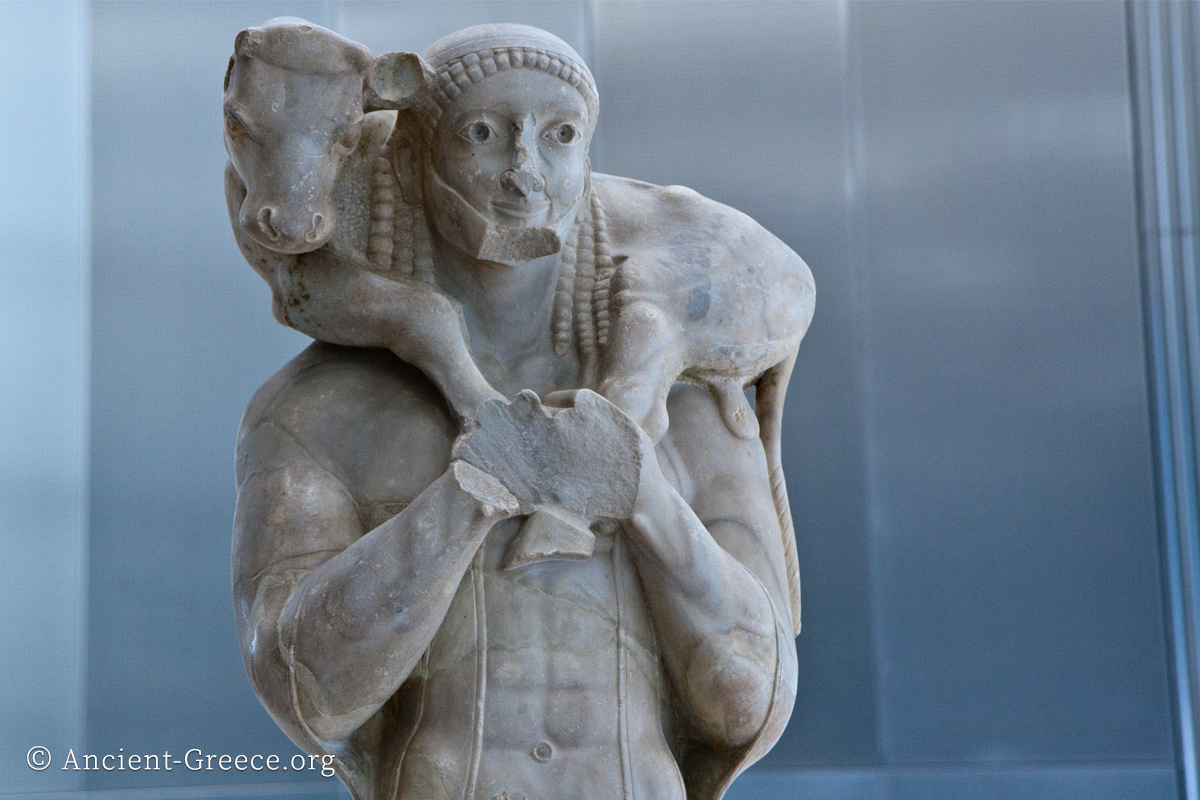Acropolis
-
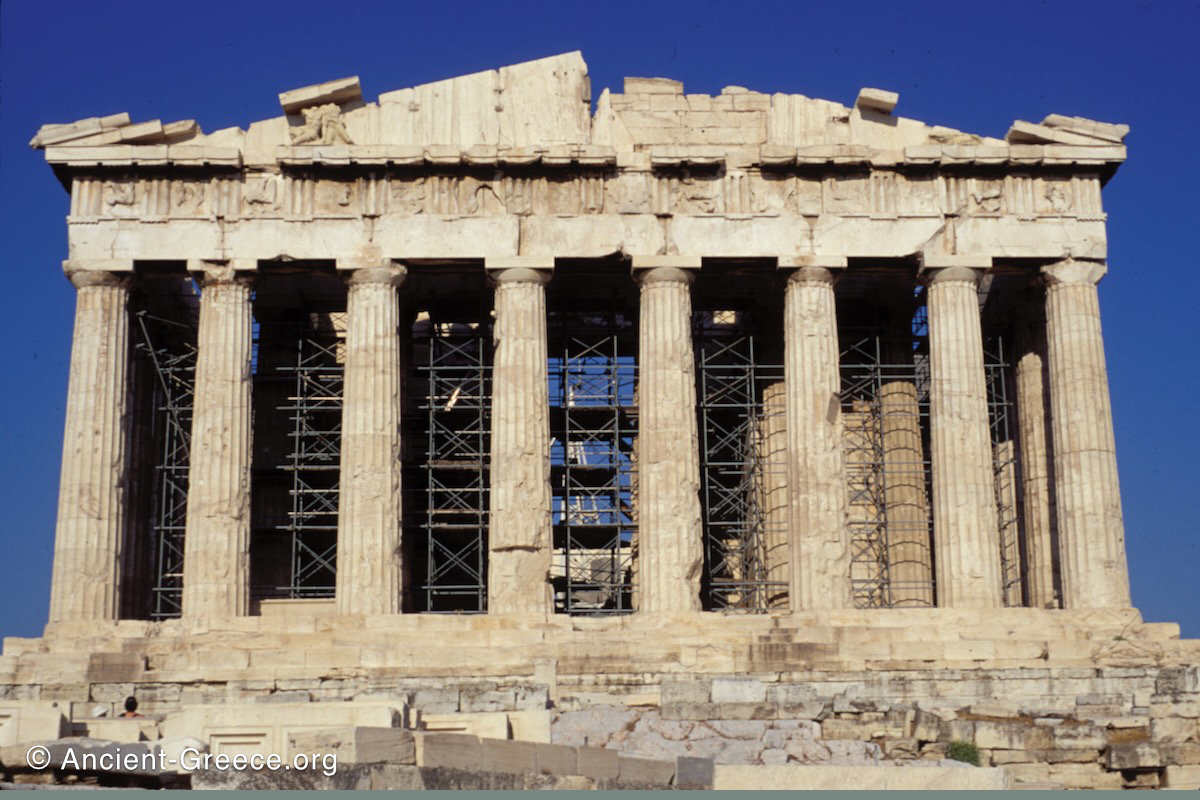
The Parthenon
Read more: The ParthenonΟ Παρθενώνας (Parthenon), is an Ancient Greek temple in the Acropolis of Athens, dedicated to Athena Pallas or Parthenos (virgin). It is widely considered to be the pinnacle of Classical Greek architecture, and over the years it has…
-
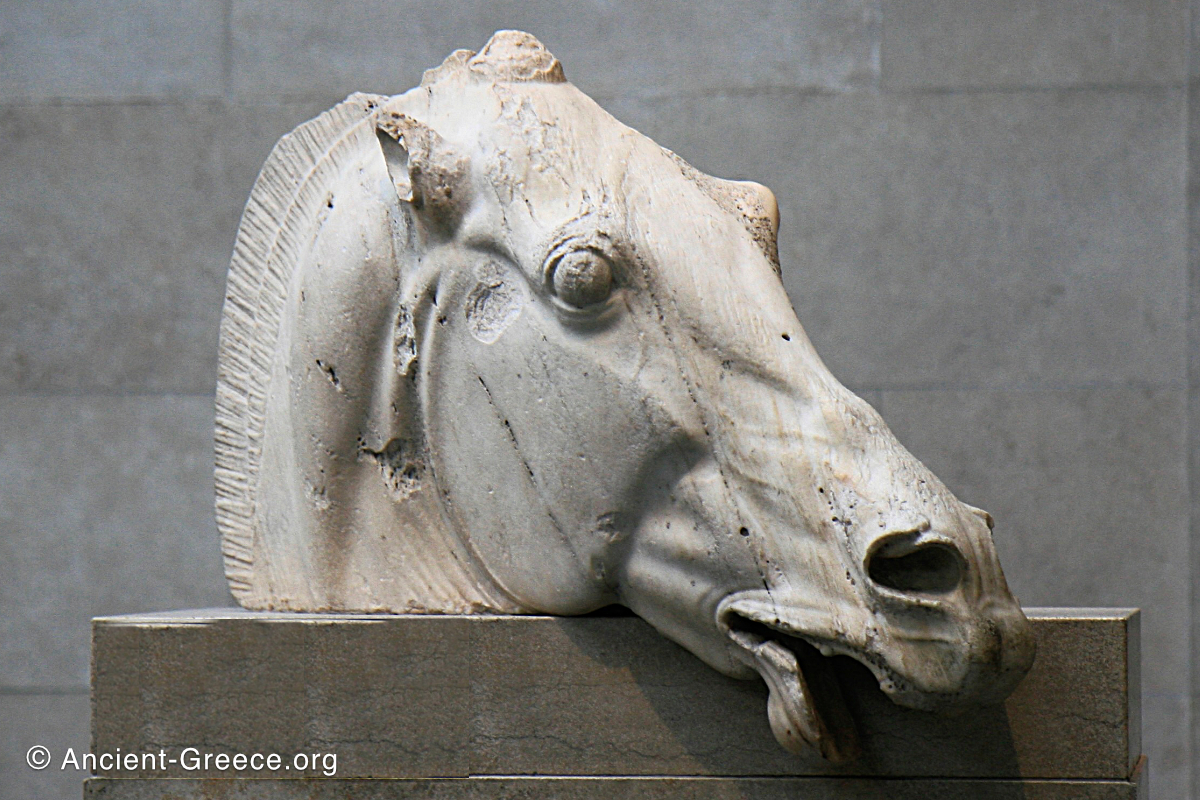
The Sculptures of the Parthenon
Read more: The Sculptures of the ParthenonThe Parthenon’s exterior was adorned with an abundance of sculptures. Above, and on the outer side of the colonnade we find the traditional Doric frieze that was decorated with alternating metopes and triglyphs. The exterior wall of the…
-
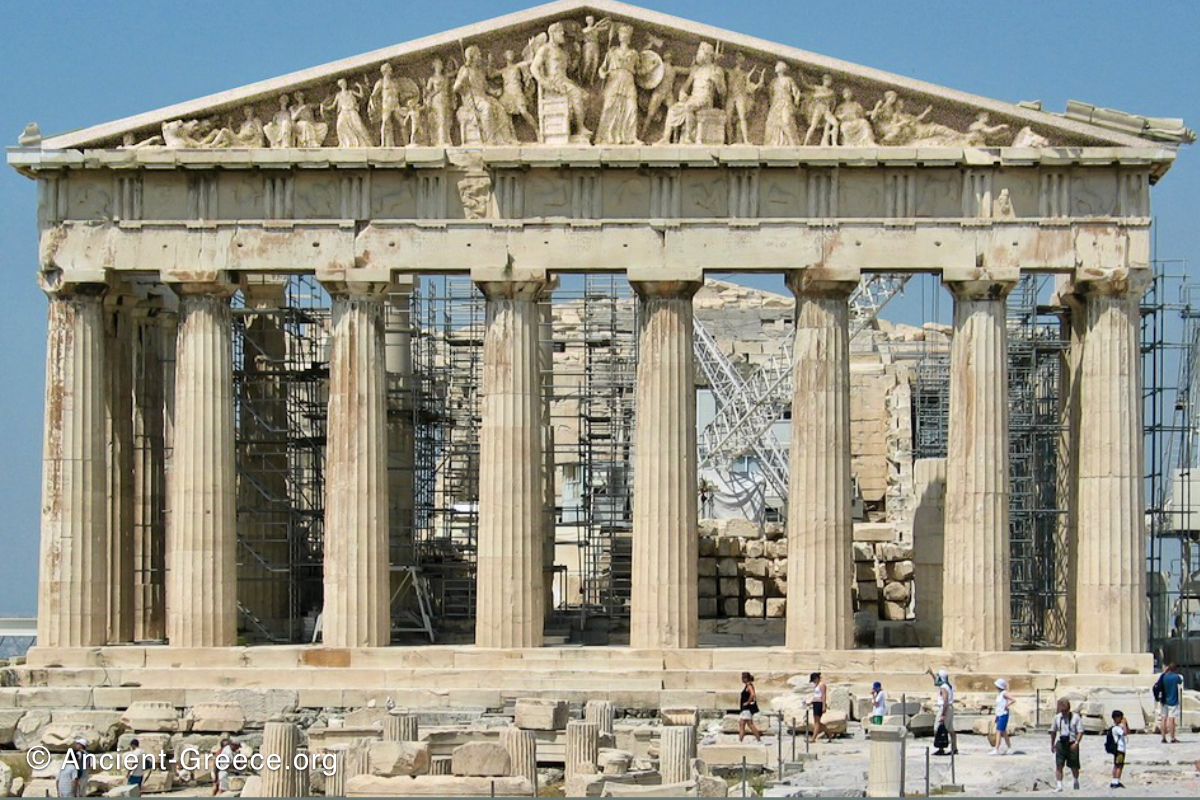
The Parthenon Pediments
Read more: The Parthenon PedimentsThe Parthenon pediments were lavishly adorned with sculptures that filled their triangular shapes in both the east and west facades. The sculptures of the Parthenon pediments are some of the finest examples of classical Greek art. Both sculptural…
-
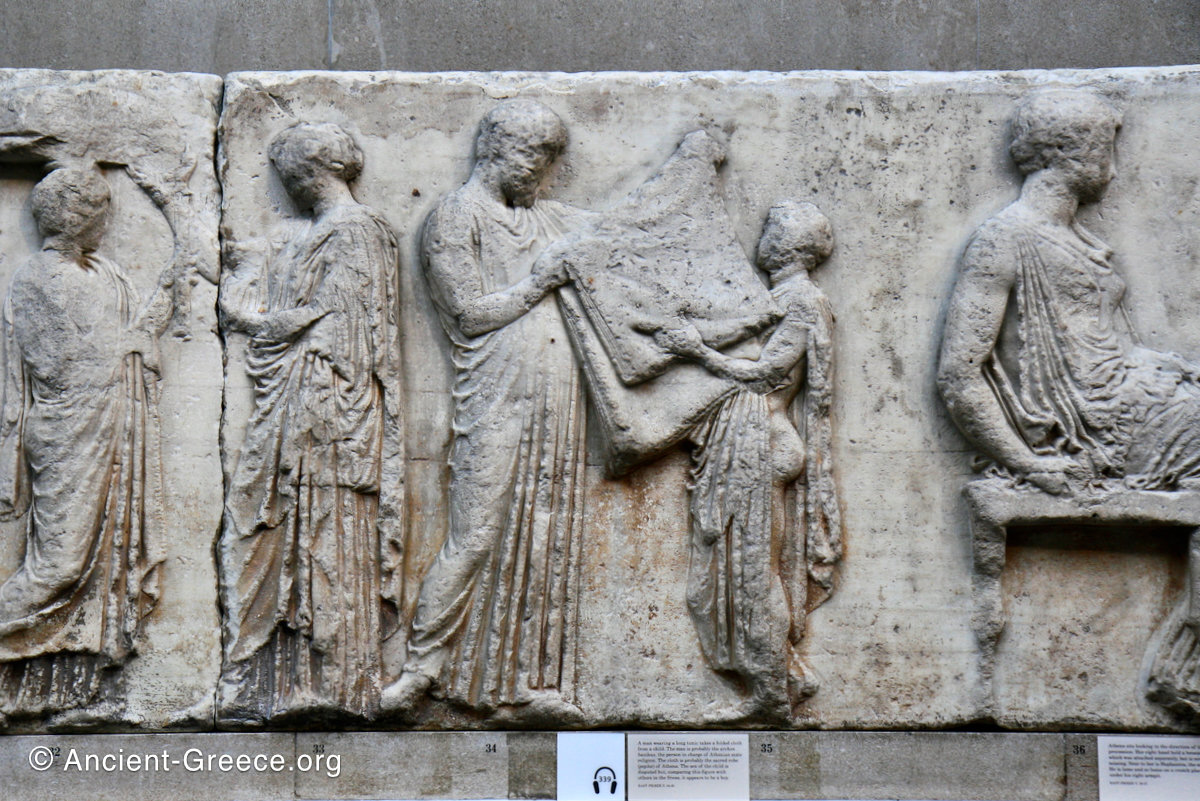
The Parthenon Frieze
Read more: The Parthenon FriezeParthenon Frieze Slideshow The Parthenon frieze is a continuous 1 meter high, 160 meters long, and 6 centimeters deep band of relief sculptures, created specifically to crown the entirety of the temple’s exterior wall. The sculptures are executed…
-
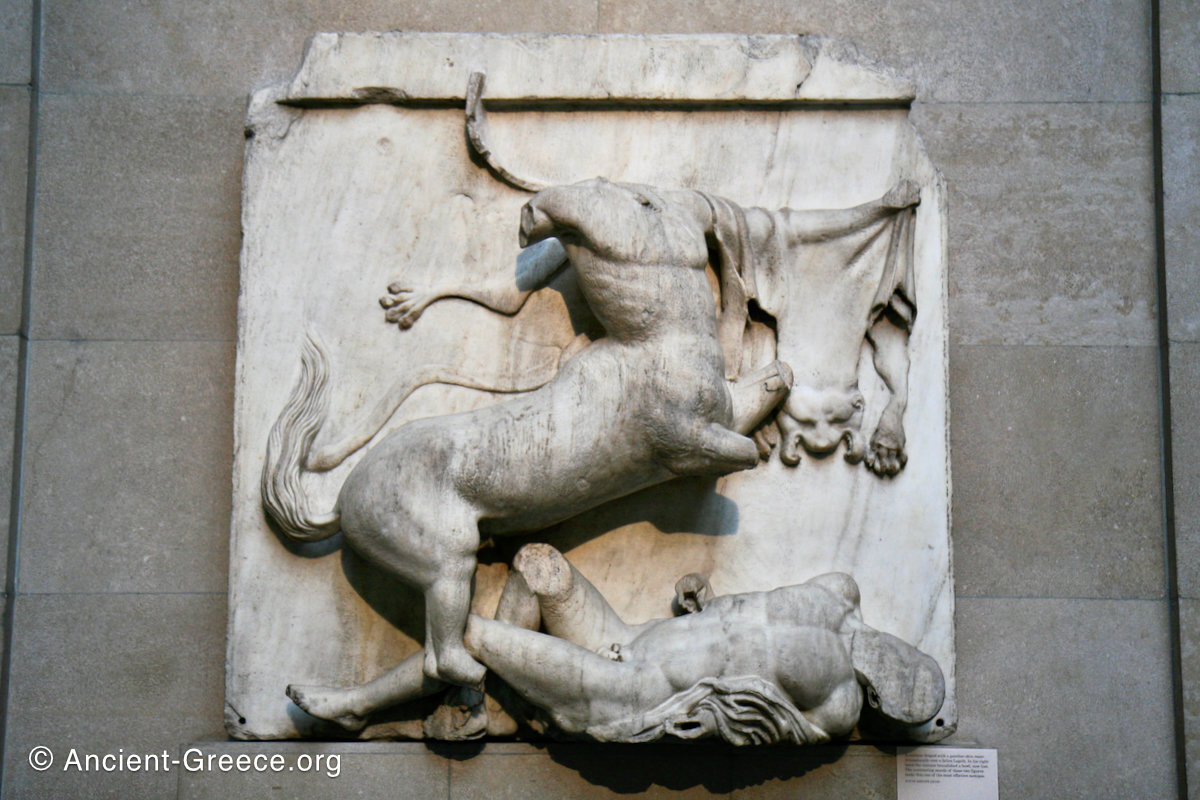
Parthenon Metopes
Read more: Parthenon MetopesPhotographs of the Parthenon metopes from the Acropolis, and the British museums. The Parthenon metopes were visible on the exterior of the temple above the colonnade. They were sculpted in deep relief and surrounded the temple on all…
-
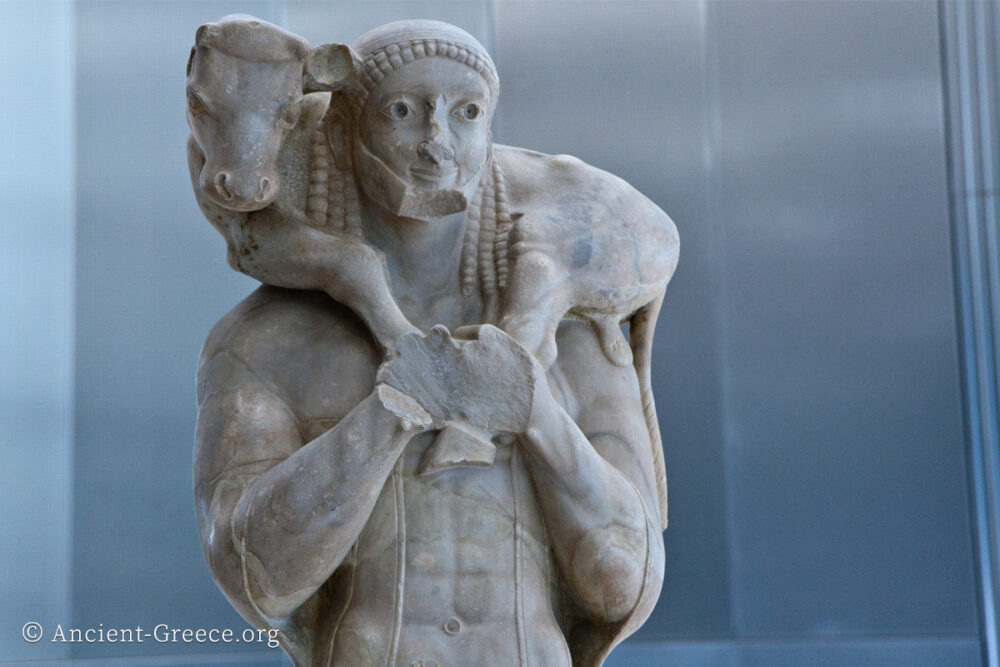
Moschoforos (The Calf Bearer)
Read more: Moschoforos (The Calf Bearer)Moschoforos, or The Calf Bearer. Marble, 1.64 m tall, c. 560 BCE. Atributed to the sculptor Phaidimos. The statue was dedicated by Romvos (Rombos), and carries a sucrificial calf for Athena. The statue is unique in that it does…
-
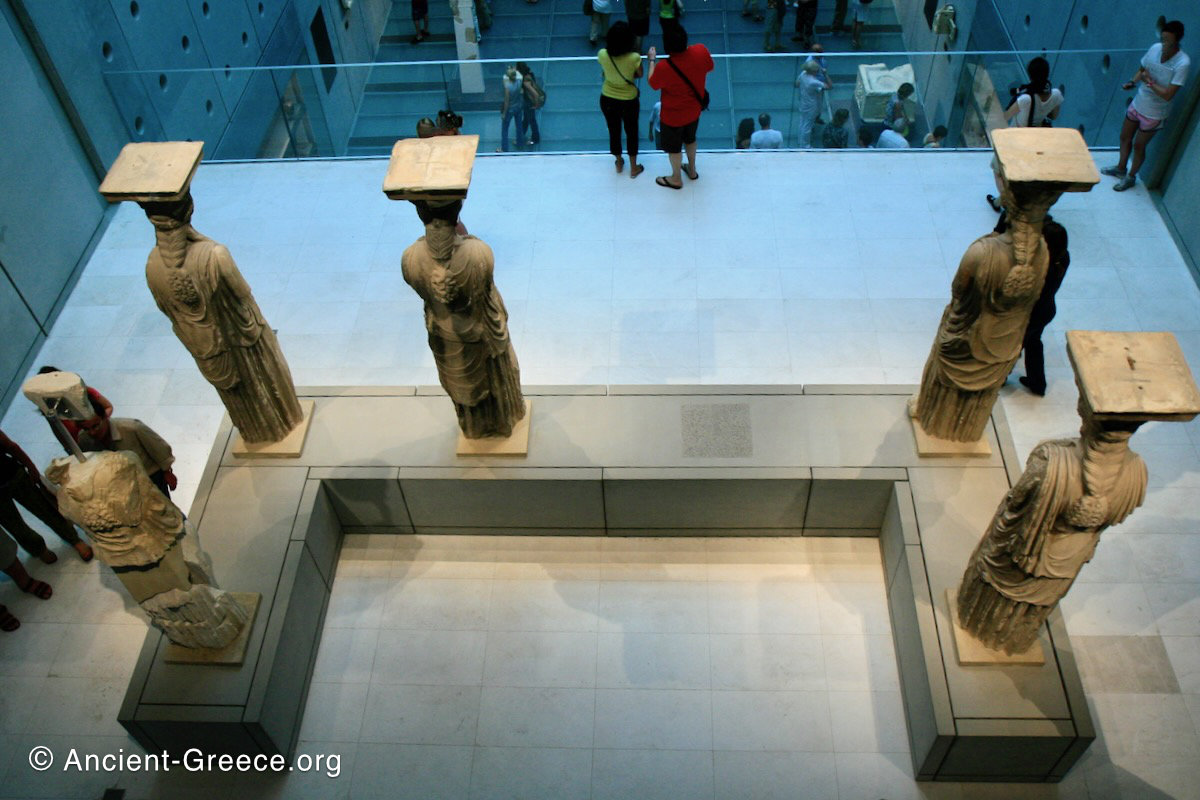
Acropolis Museum
Read more: Acropolis MuseumThe Acropolis Museum (Μουσείο Ακρόπολης) shelters artifacts found in excavations at the adjacent Acropolis of Athens. Highlights include the sculptures from all the major buildings on the Acropolis: the Parthenon, the caryatids of the Erechtheion, the sculptures from…
-
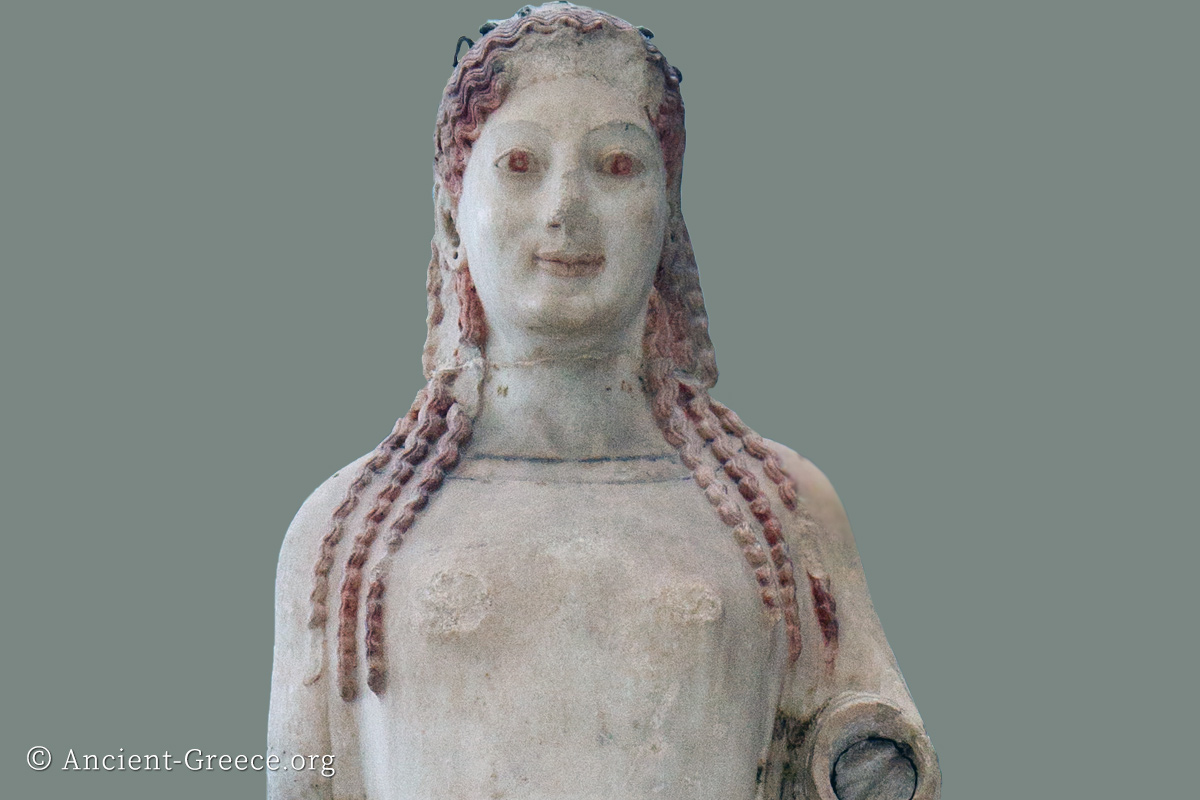
Kore
Read more: KoreKore (κόρη = maiden. Plural: κόραι, korai) refers to statues depicting female figures, always of a young age, which were created during the Ancient Greek Archaic period (600 – 480 BCE) either as votive or commemorative statues. Wealthy…
-
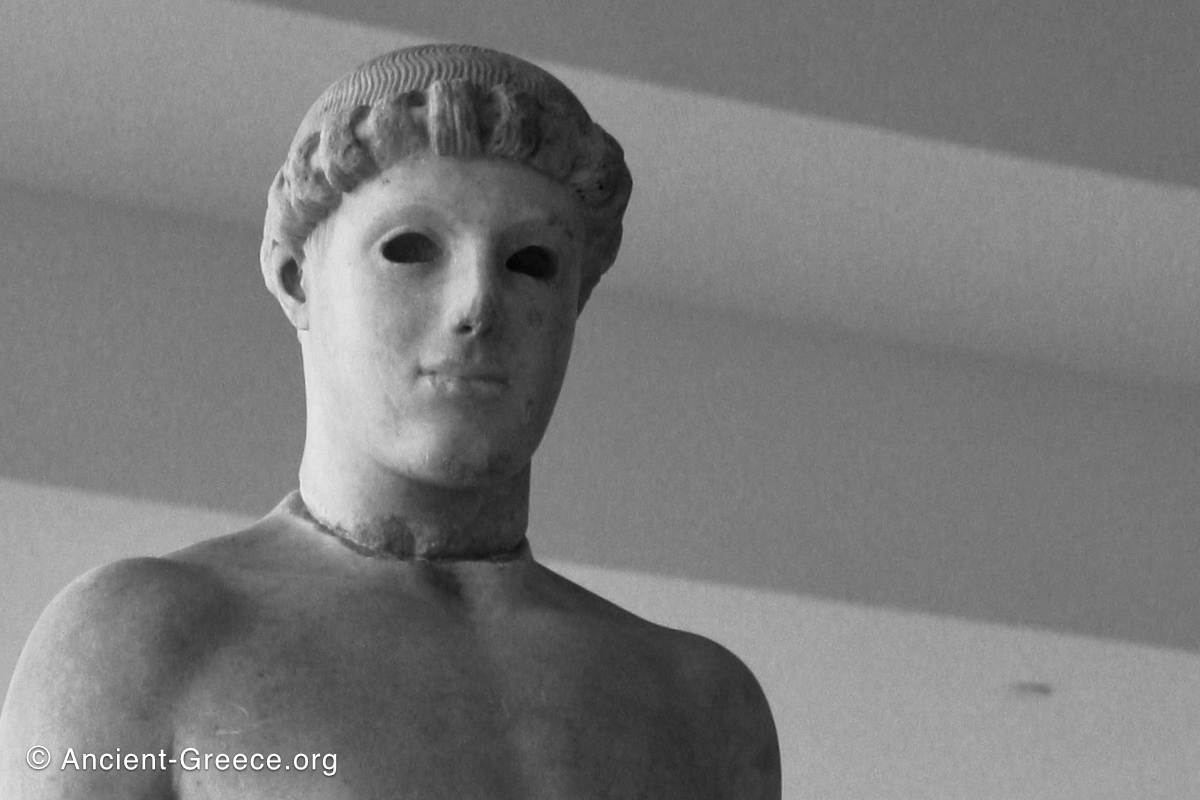
The Kritios Boy Sculpture
Read more: The Kritios Boy SculptureThe Kritios Boy (or Kritian Boy). Marble. 1.17 m (3 ft 10 in) tall. Believed to be the creation of Kritios, the teacher of Myron. Circa 480 BCE. It was found in two parts at the Acropolis of…
-
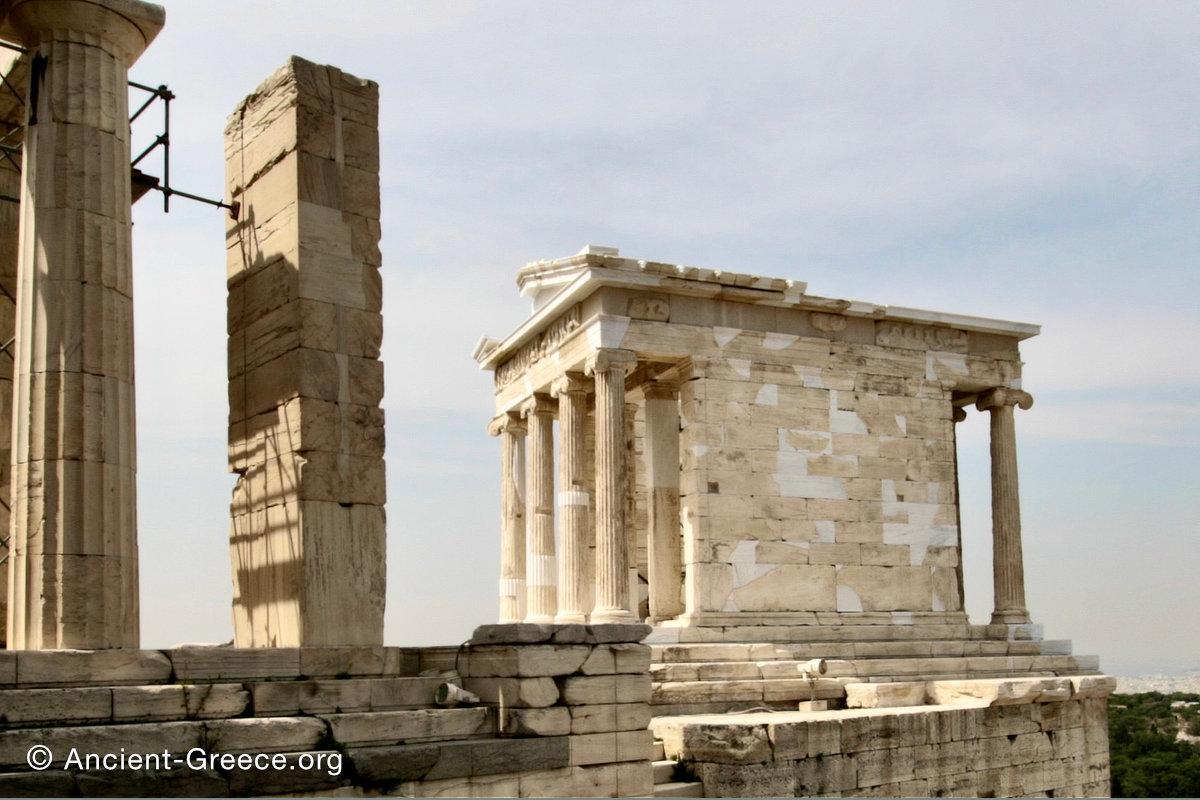
Temple of Athena Nike
Read more: Temple of Athena NikeThe small temple of Athena Nike is perched above the ascent to the Acropolis, and is visible as one approaches the Propylaea. The southwest of the Acropolis plateau, right next to the Propylaia, has been an important location…


